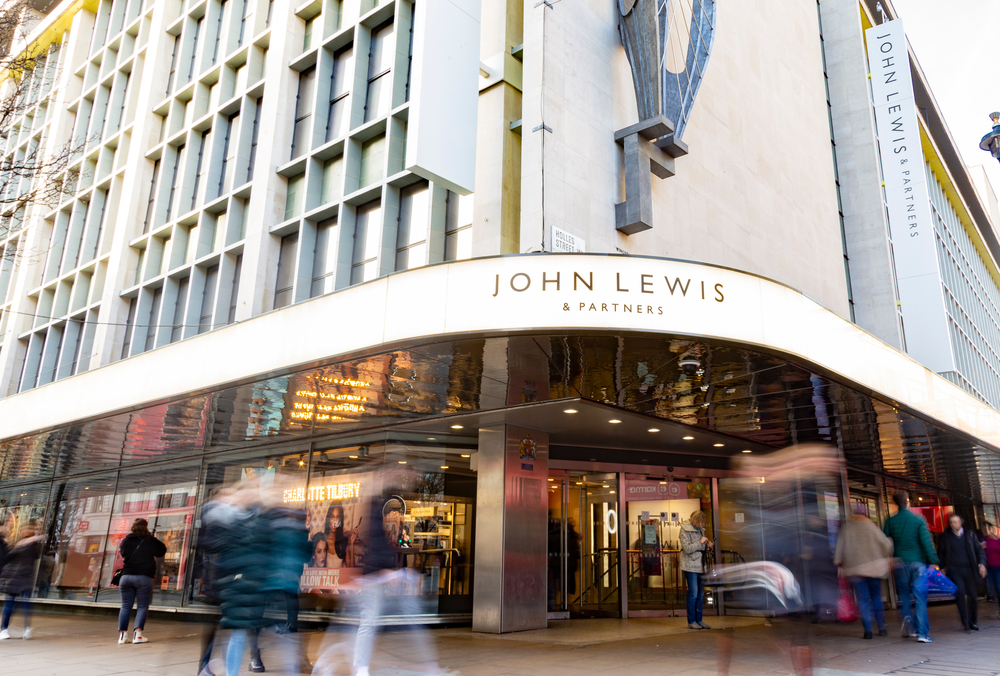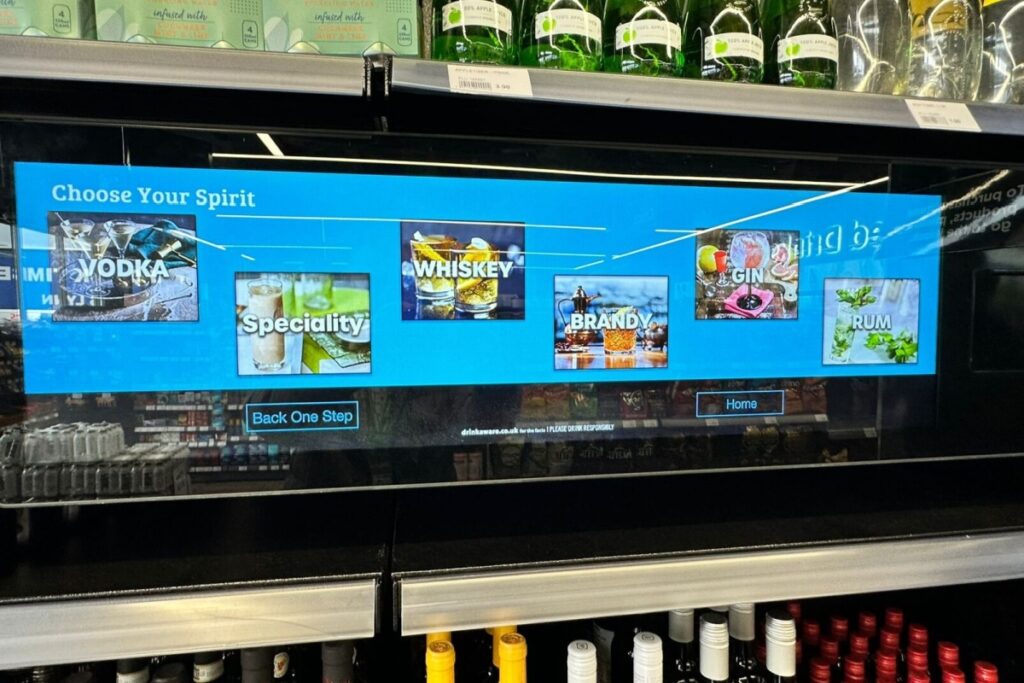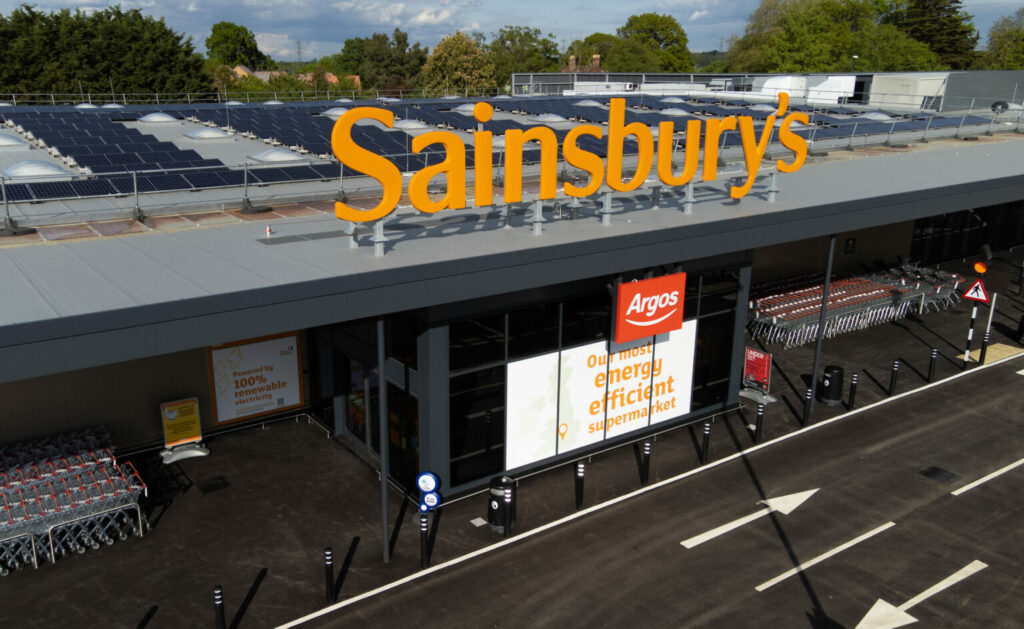John Lewis appeared to backtrack on Dame Sharon White’s original turnaround plan as CEO Nish Kankiwala vowed to focus “unashamedly” on retail after the partnership posted its first profit in four years.
The retail group scrapped the partnership’s previous target of 40% of profits coming from non-retail ventures by 2030 in its “refreshed” strategy for the business.
The partnership said it was not setting a specific target or timeline “for the scale of our broader business”, which includes plans to build 10,000 rental homes and expanding its financial services arm.
Despite only just returning to the black, Kankiwala says the partnership is “absolutely on target” to increase its profits tenfold to £400m by 2027/28.
Retail Economics chief executive Richard Lim argues this is still a “very ambitious goal” but believes that the refocus on retail is “absolutely the right strategy”.
“Part of the challenges the business has faced over the last few years has been that ambition to diversify and look at areas outside of retail to grow revenues because its been a distraction.”
The partnership’s finance director Bérangère Michel says the business is in “good financial health” in pursuing the rest of its turnaround strategy and has secured the funding it needs for the remainder of the plan, helped by a £260m injection of cash from the sale and leaseback of 11 Waitrose stores and a new term loan.
This means the partnership has also put to bed the much-criticised plan to potentially sell a stake in the business to fund its transformation.
“We’ve secured the funding we need for the four years of the plan. Of course we need to achieve our financial targets every year but we have confidence that we will do so based on the return to profit that we have just had and therefore the Partnership is to remain fully co-owned,” she says definitively.
Plans for the partnership this year include a record £542m investment – up 70% on last year’s commitment – into bolstering operations, with around 95% being spent on its John Lewis and Waitrose businesses.
Where is it investing?
Stores
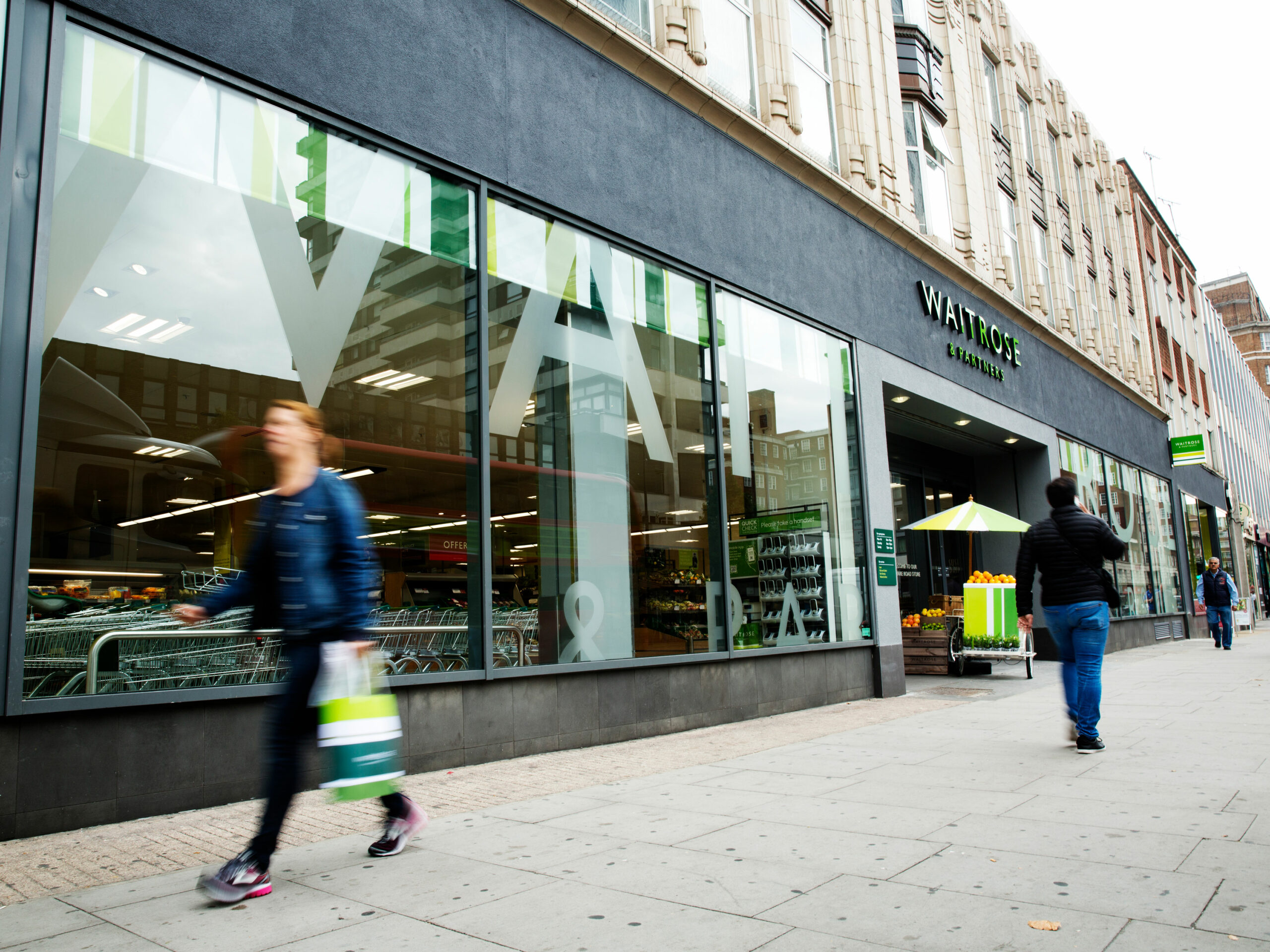
Executive director James Bailey says this will include a mix of main and convenience stores, and will focus on areas where the brand is “underserved”.
“Our optimism comes from research and a lot of work we’ve done to work out where those shops will be and how much demand there is out there. We believe we’ve got lots and lots of opportunities to reach new customers,” he says.
Waitrose is also looking to refurbish 80 of its existing supermarkets as part of a near £1bn investment into “renewing and refreshing our shops for our customers”, says Bailey.
The grocer has started trialing a new format with “some tests on the ground” including at its Sudbury store in Suffolk, adding that a “substantial amount of that newly refurbed future-facing store will arrive next year onwards”.
“There are all sorts of changes involved: making the shops brighter and lighter, more engaging for customers, revamping and doubling down on our counter and our service proposition,” he points out.
Sister chain John Lewis will also be receiving new store fits in some of its locations.
The department store’s newly appointed executive director Peter Ruis says the retailer is investing in 160 new shop enhancements “in partnership with some of our suppliers and brands”.
“A typical example would be doubling the size of our beauty hall, which will happen in the autumn in Oxford Street. Those types of ‘interventions’ across our estate are happening every single month,” he explains.
New store fits will be supplemented by new technological enhancements to support customer service, including headsets which are being rolled out across teams.
Third-party brands
Ruis’ plans for the department store also include growing its third-party brands across beauty, fashion, home and even hospitality.
“We’ve seen continued growth of third-parties including [flooring specialists]The Floor Room and Randox health clinics and we’re working with key hospitality partners such as Ori and Benuga,” he says.
The newly-appointed director says the retailer has seen “great success” from the recent addition of beauty brand Sol De Janeiro and from its over 170 new brands that launched at the store in the past year, including Rag & Bone, Equipment, and Vivere by Savanah Miller.
Ruis says there’s “at least 80 new brands” arriving at John Lewis for 2024.

Value offer
Inflation may be easing, but value remains incredibly important to consumers and the partnership is keen to tap into this.
Waitrose boss Bailey says the grocery chain is looking to build on its momentum of investing £100m into core pricing for customers.
The supermarket launched its £5 sandwich meal deal last August, which according to the partnership, has attracted an extra 22,000 customers every week,
Ruis says that value remains at “the centre of our gravity” at John Lewis.
“We continue to really focus on having a really good opening price, of which Anyday is part of, and that continues to be important for us. You’ll see a significant amount of our proposition with that strong opening price position. And then we continue to match price against our key competitors in the branded areas,” he adds.
Elsewhere, the business is looking to launch a pan-partnership loyalty programme, which will merge the My John Lewis and My Waitrose schemes together.
Kankiwala says the move will “build on the trust and lifetime value of our customers that shop our brands”.
Streamlining the business
A key part of John Lewis Partnership’s plan is becoming “simpler and more flexible” and productivity gains have been a core reason behind the business’ profit growth. Over the past year, it made £111m of improvements in the year and is on track to meet its £900m productivity savings target by 2027/28, a large proportion of which comes from upgrading its systems.
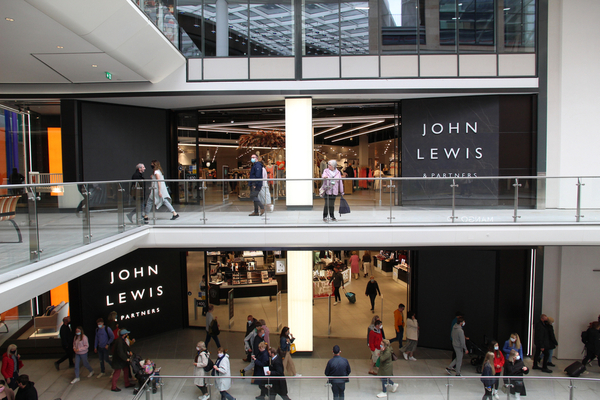
Kankiwala says the business “needs to modernise [its] retail infrastructure” to support its growth plans.
This includes investing in technology “underpinned by Google Cloud-based infrastructure” and improving customer-facing solutions such as shop Wi Fi and mobile ticketing for shop partners.
The partnership says its investment into stock management processes means product availability has improved in John Lewis and Waitrose.
One area the partnership is mooted to make savings is in jobs. The Guardian reported earlier this year that the group is planning to reduce its headcount by 11,000, with the number of roles expected to gradually reduce over several years via redundancies and not replacing staff who leave.
However, White insisted there was no target for job cuts.
“One of the parts of the refreshed plan is becoming simpler and more flexible as a business and that’s starting to bear fruit. Inevitably, that will mean that there’s less need for some roles over the coming years but there’s no target for jobs,” she says.
Is John Lewis Partnership finally back on track?
It’s taken four years, a revised strategy, and a two-year extension to bring the Partnership back into profit.
White is confident that it is back on track. “The plan is working and we are making progress, turning a positive corner,” she says.
“We’re clearly not complacent – there’s still a lot of hard yards to go but the hard work of the past year has allowed us to generate the cash that’s going to enable us to invest for growth over the coming years.”
Lim says he is “cautiously optimistic that John Lewis has turned a corner in terms of their financial performance”.
There is also a sense of cautious optimism within the business, with both Waitrose and John Lewis seeing more confidence from shoppers of late as inflation continues to ease.

Ruis says it is witnessing green shoots in the department store’s hardest hit categories – home and technology – and a “little bit of a push back into big ticket”.
“We’ve had a couple of decent weeks on technology and seen some great sales on Apple, and we’ve seen some uptick in furniture sales around the last couple of weeks,” he says.
Bailey says that Waitrose customers are also becoming “much more open minded about quality” as inflation eases.
“We’re seeing evidence of a customer shift into organic, into higher welfare, into higher ticket items,” he says.
However, he’s quick to add that people are still buying on promotion and using the My Waitrose voucher scheme.
There is still a long road in front for John Lewis Partnership to achieve the £400m profit promised by 2027/28. The executive team may have their work cut out but they have certainly taken a solid step forward.
Click here to sign up to Retail Gazette‘s free daily email newsletter

